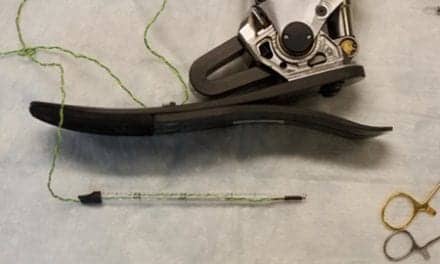
It was reportedly hoped by then-admiral Mike Mullen when he was the Pentagon’s top military officer, that the three MRI machines would allow doctors to see scans on mild traumatic brain injuries (TBIs) that have impacted thousands of troops who have encountered roadside bombs. Use of the MRIs ended last February and the machines were dismantled for spare parts in October, Air Force Col Mark Mavity, Central Command surgeon, says in the news story.
In the news story, Mavity goes on to indicate that the “device itself doesn’t necessarily help you treat the patient. It just helps you understand the nature of the injury in a little bit more meaningful way.”
The machines were in operation during November 2011 and were used by military doctors primarily as tools for conducting a scientific study on their usefulness in the war zone, the news story quotes Mavity as saying. In November 2012, enough data had been collected from scanning the brains of troops with mild TBI, Mavity adds.
The news story notes that Chris Macedonia, a retired Army colonel who advised Mullen on medical matters, stated that the machines were designed for both research and ongoing research.
Early study results suggested that brain damage was found on imaging scans conducted with troops exposed to blasts in combat. Dave Hova, director of the UCLA Brain Injury Research Center, also advised Mullen on the issue the story says, and noted that published studies have established that the MRI helps doctors who are diagnosing and treating mild TBI.
Mavity also emphasizes that other factors played a role in turning the machines off, including the winding down of the war, the annual $3 million operating cost, and decreasing number of US causalities.
Read the full story here
Source: USA TODAY





